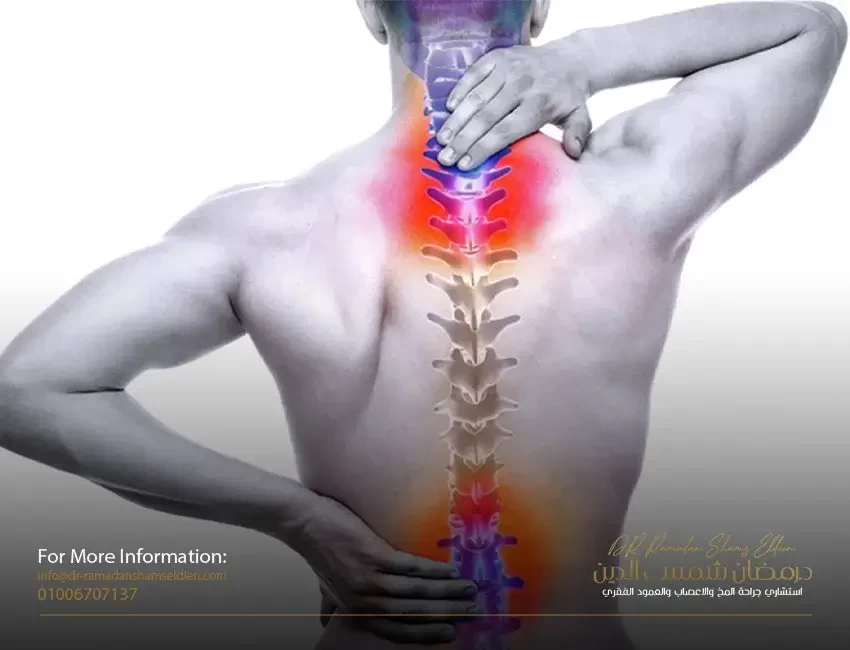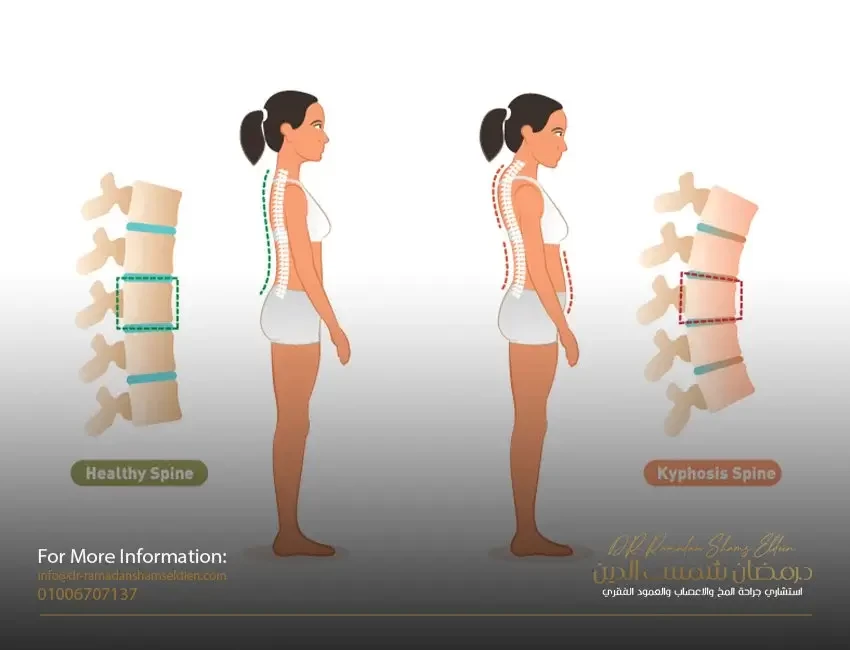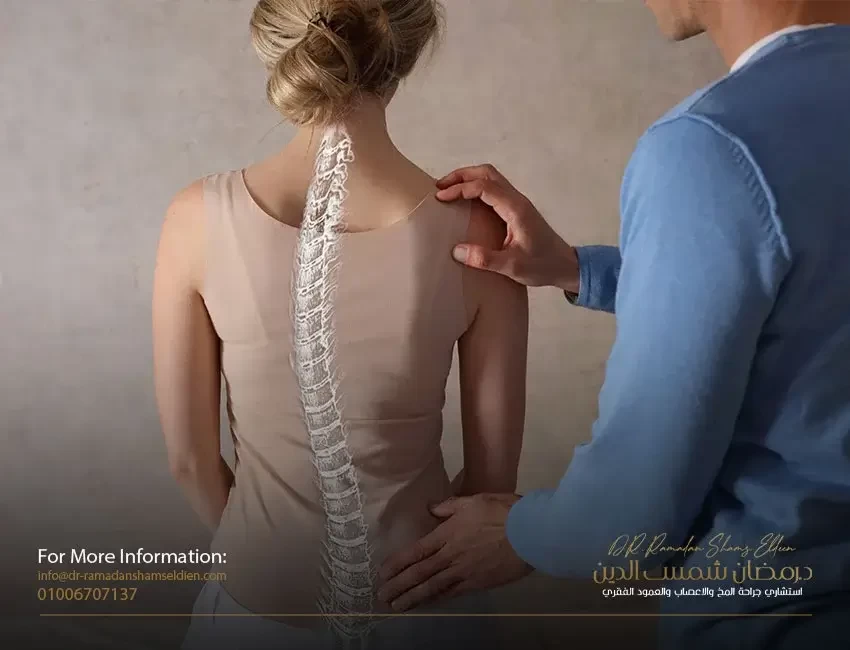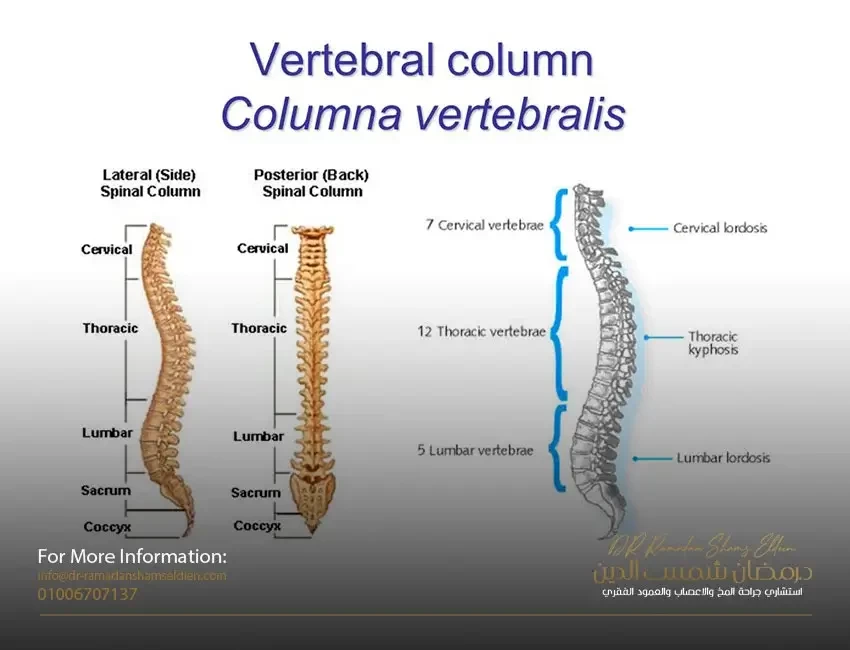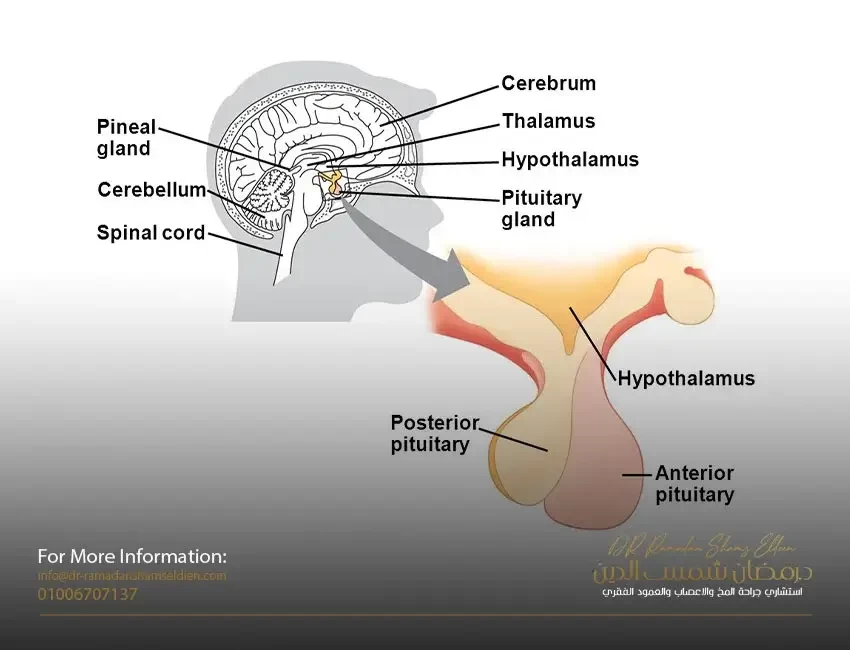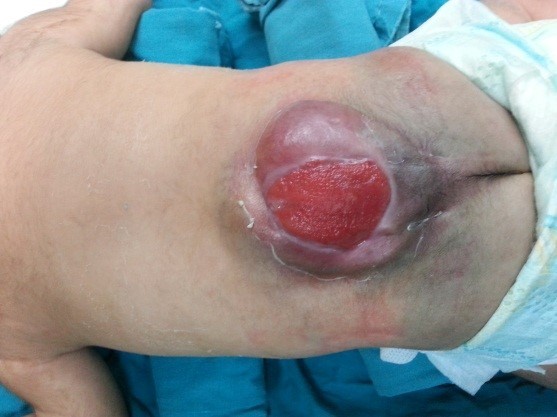everyday activities
You need to give your body time to recover after this process; And with light activities. You must get out of bed and move around to recover
And reduce the risk of secondary medical problems such as blood clots.
Below is a list of activities that you should pursue.
1. Most of the time you need a neck brace after surgery for three months. You will wear the brace most of the day and even while you sleep for the first two weeks after surgery. You can remove the brace for short periods of time when resting and you can remove the brace for a shower. You cannot drive while wearing this brace.
2. Avoid doing any sports except walking for the first two weeks after surgery. Avoid sweating in the wound area to reduce the risk of infection.
There are no restrictions on taking the stairs or sitting.
3. Sleep in any comfortable position (including the side, back, or stomach)
Activities to avoid
Do not drive while you are given a neck brace to wear.
• Not to lift more than 2 kilograms during the first month after surgery.
Not to lift more than 10 kg for 3 months
• Do not engage in any sexual activity in the first two weeks after surgery.
wound care
Incision care at home is important to prevent infection. Please follow these steps to take care of the surgical incision:
• If you have a dressing over the wound, you can remove it when you are at home
• When you are at home, it is best to leave the incision open to air.
You can cover the wound with a bandage if that is more comfortable, but you need to change the bandage once a day with sterile gauze and surgical betadine.
• You can shower 5 days after the surgery. Do not direct water pressure on the crevice, but the water can roll over the crevice. Dry the incision with a clean towel.
Pain management at home
After surgery, it is normal to feel occasional pain, numbness or tingling in your neck or arm. To reduce pain, there are several methods you can try:
• Take painkillers as directed by your doctor.
• You can use paracetamol to supplement pain control if needed.
NSAIDs, such as diclofen/ibuprofen, may also be used to help reduce inflammation and control pain. Do not exceed the recommended daily dose of these medications.
Narcotic analgesics cause constipation. Eat plenty of foods that contain bran (bran, oats, fruits, apple juice) and drink plenty of fluids. You can also take more than one stool softener.
You will be given a prescription for pain relief after the surgery.
Call your doctor if you have any of the following
1. A temperature (38.5°C) or more in two readings spaced 4 hours apart
2. An increase in pain, redness, or swelling around the wound.
3. Bleeding from the wound incision
4. Increased difficulty breathing or swallowing
5. Difficulty passing urine or controlling bowel movements.
6. Increased swelling in the ankles or feet.
7. Increased weakness of your arms or legs.
8. Redness, warmth and pain on the back of the leg (lower limbs).
future follow-up
Follow-up in the clinic two weeks after surgery
back to work
Your return to work will depend on your recovery and the type of work you do. This should be discussed with your doctor.


